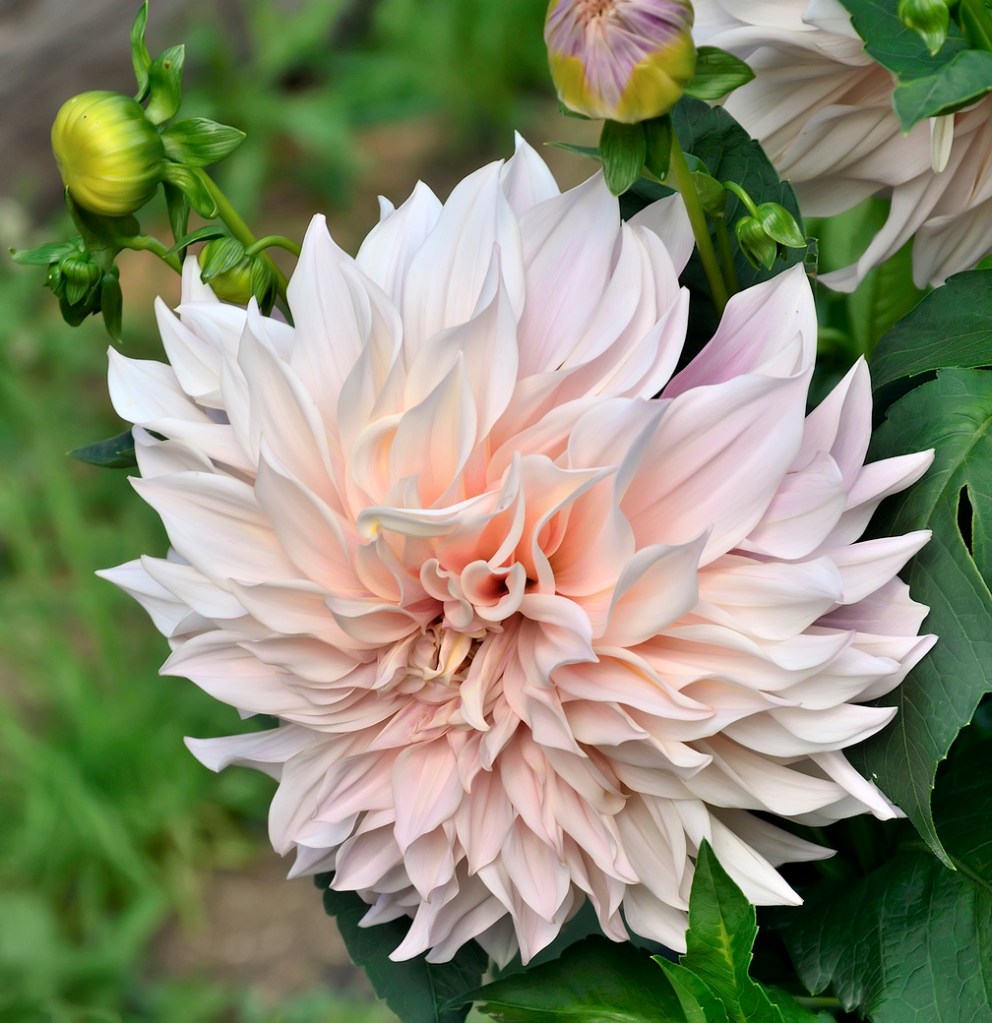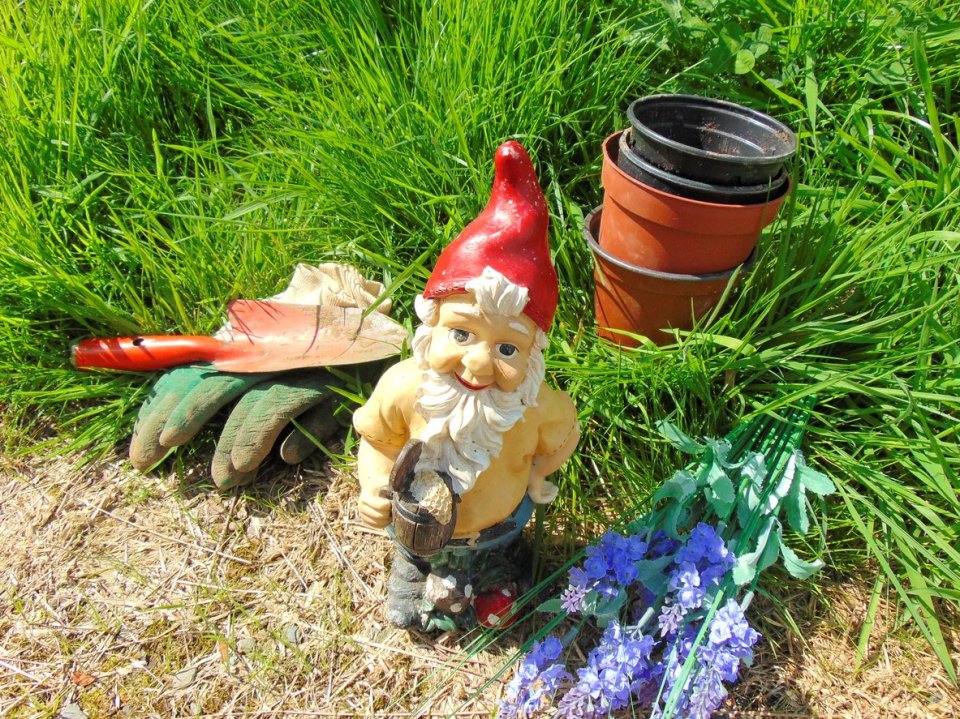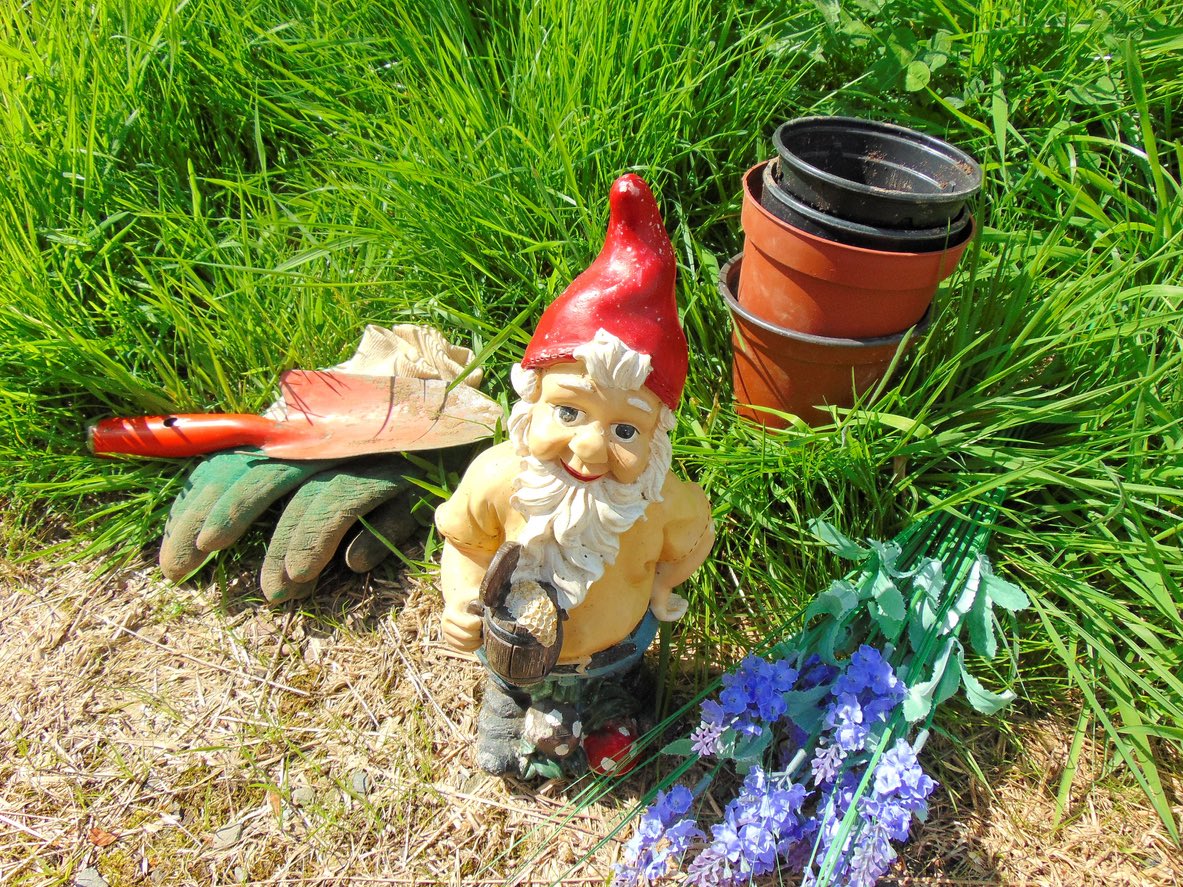As spring (finally) arrives, it’s time to turn our attention back to what’s outside the back door. Helpfully, garden designer Isabel Bannerman (Highgrove, Houghton Hall, Arundel Castle) has written a memoir, Husbandry, in which she declares there is no such thing as ‘U and non-U’ in gardening.
She then undermines her argument by immediately setting out her shibboleths: variegated leaves, curvy paths, statues, fountains, tidiness. Anything, in effect, that is ‘suburban’ (bedding plants) or reminiscent of municipal planting schemes (ibid. those big, blowsy King Alfred daffodils you’ll see blaring from roundabouts at this time of year).
Naturally, as a keen gardener, I rolled my eyes, then dashed outside to check I’d removed every last Euonymus with their verboten variegated leaves planted by the previous owners of the house we moved into after the lockdowns. I stopped short, however, of Bannerman’s husband Julian (‘Mr B’), who methodically dug up every last King Alfred daffodil in the garden of their new house, Ashington Manor Farm in Somerset. We have acquired an orchard full of them, so it’s fortunate that I actually – whisper it – quite like big yellow daffodils and enjoy their trumpeting cheerfulness, particularly as winter seems to last at least a month longer in our corner of East Anglia than in the rest of the south of England.
Some things in a garden are so non-U as to be non-negotiable: leylandii, hanging baskets, decking, gnomes. But the King has a gnome at Highgrove, while his wife has statuary of elephants and a tiger at Ray Mill House in Wiltshire – which confuses things
This puts me at odds with tastemakers from Mary Keen (another patrician plantswoman, who’s branded King Alfred daffodils ‘brash’ and ‘glaring’) to Nancy Mitford. The woman who popularised the terms ‘U’ and ‘non-U’ doesn’t mention plants in her infamous essay of 1956, but she does use the Kroesigs’ garden in The Pursuit of Love (1945) to indicate their status as nouveau riche bankers. It was a ‘lady watercolourist’s heaven, herbaceous borders, rockeries and water-gardens were carried to a perfection of vulgarity’, flaunting ‘a riot of huge and hideous flowers’. The worst offenders, the daffodils, though not named, sound just like King Alfred, being ‘new varieties of a terrifying size… dark yellow, thick and fleshy; they did not look at all like the fragile friends of one’s childhood’.
Some things in a garden are so non-U as to be non-negotiable: leylandii, hanging baskets, decking, gnomes. But the King has a gnome at Highgrove, while his wife has statuary of elephants and a tiger at Ray Mill House, her place in Wiltshire – which confuses things.
But what does all this matter? Why do we care? Gardening, like every other form of self-expression (clothes, interior design) is subject to fashion and so today’s bad choices in the border may well be a trending hashtag by next year. And this season’s darlings (salvia, tobacco plants, York stone terraces softened with ladies’ mantle and the daisy Erigeron karvinskianus) will be a shoo-in for the next tea towel of Things Nicky Haslam Finds Common. (NB: For what it’s worth, I think the red and white salvia ‘Hot Lips’ has become so ubiquitous, it’s about to go over like a pot of parrot tulips in May.)
Vita Sackville-West loathed the brash and the showy (dahlias, chrysanthemums, floribundas) and the loose, wild borders she created at Sissinghurst in the 1930s remain influential. But today they’re likely to be punctuated by the giant creamy dahlia café au lait, an Instagram favourite that would have been anathema to Vita. This season you can buy a pink version (I’ve ordered three tubers). Even Christo Lloyd, considered an iconoclast during his time at Great Dixter for ripping out roses and juxtaposing pink and orange, would have found giant raspberry dahlias garish and tacky. ‘Good luck to the people who [grow dahlias], at least they are growing plants,’ he sneered on Desert Island Discs in August 2000.

When perhaps the most coveted and emulated planting scheme on the whole of Instagram is Charlie McCormick’s dahlia border, this pronouncement is more than a little problematic by today’s standards. And yet Vita Sackville-West’s aesthetic was a reaction to the Victorian craze for carpet-bedding and seasonal planting – which, in its turn, was sticking a gardening-gloved two fingers up at the simplicity of Humphry Repton and Capability Brown’s undulating landscapes. Jane Austen poked fun at the 18th century craze for ‘improvement’ in Mansfield Park (1814) when Mr Rushworth declares his intention to hire Repton – at a punitive five guineas a day – because his estate ‘wants improvement, ma’am, beyond anything. I never saw a place that wanted so much improvement in my life’.
Flicking through a recent Sarah Raven catalogue, many of the most prominent plants (black-crimson gladioli, acid-green petunias, orange marigolds) would have made Vita – a terrible snob, who branded visitors to Sissinghurst ‘shillingses’ (because admission = one shilling) – vomit.
So if you’re fond of a red hot poker, iceberg roses or even rampant garden statuary, then embrace them, in all their glorious, non-U vulgarity. For as another of Austen’s creations, Mr Bennett, observes: ‘For what do we live but to make sport for our neighbours, and laugh at them in our turn?’







Comments